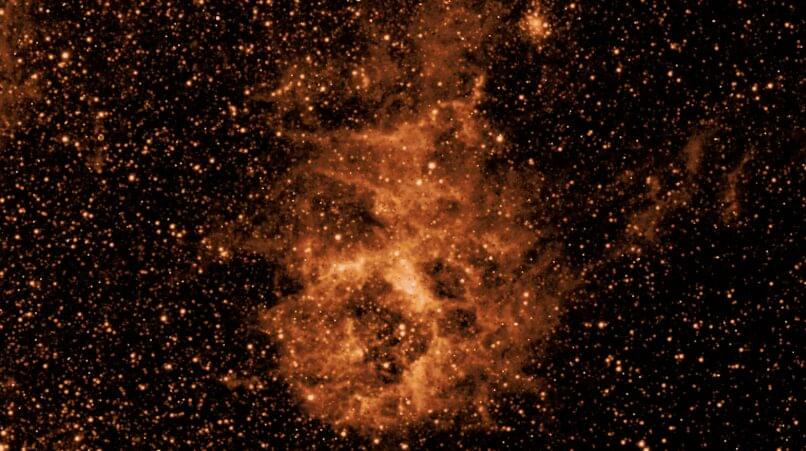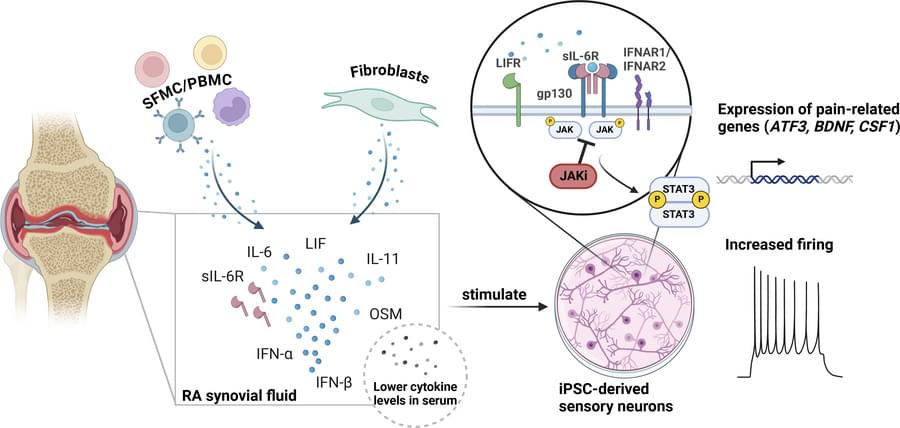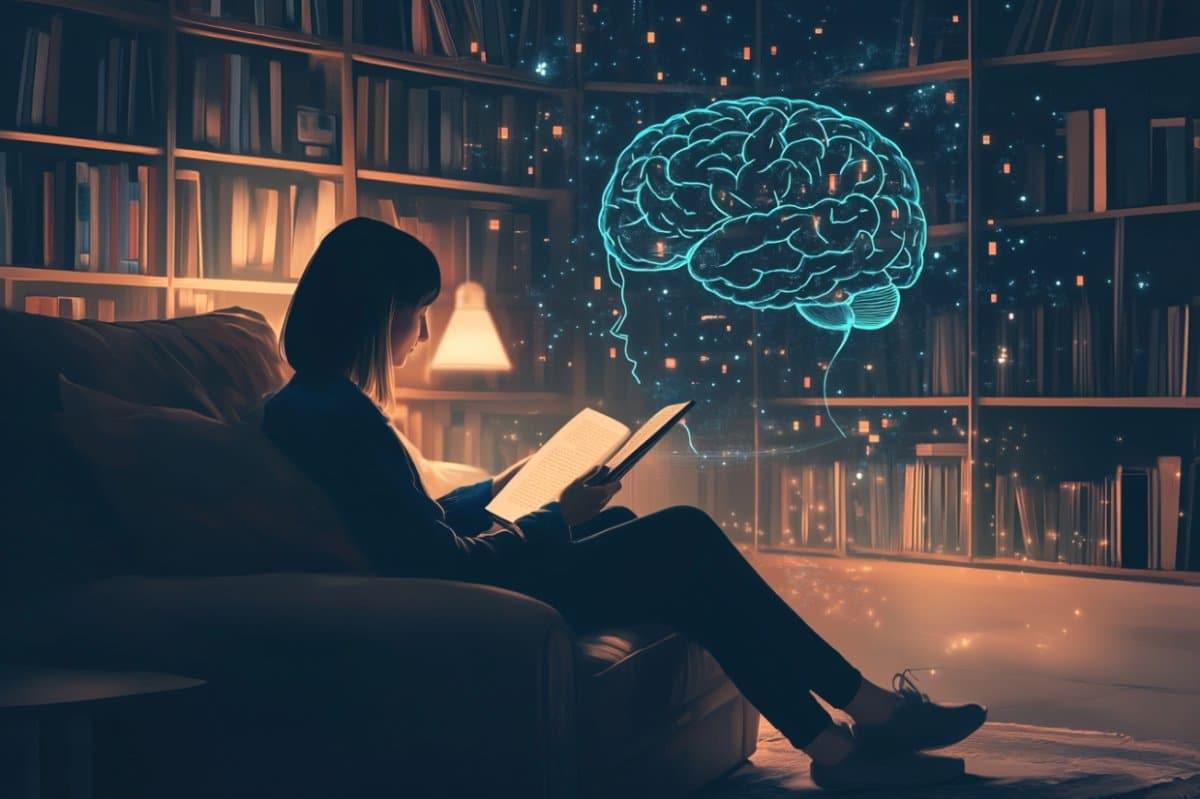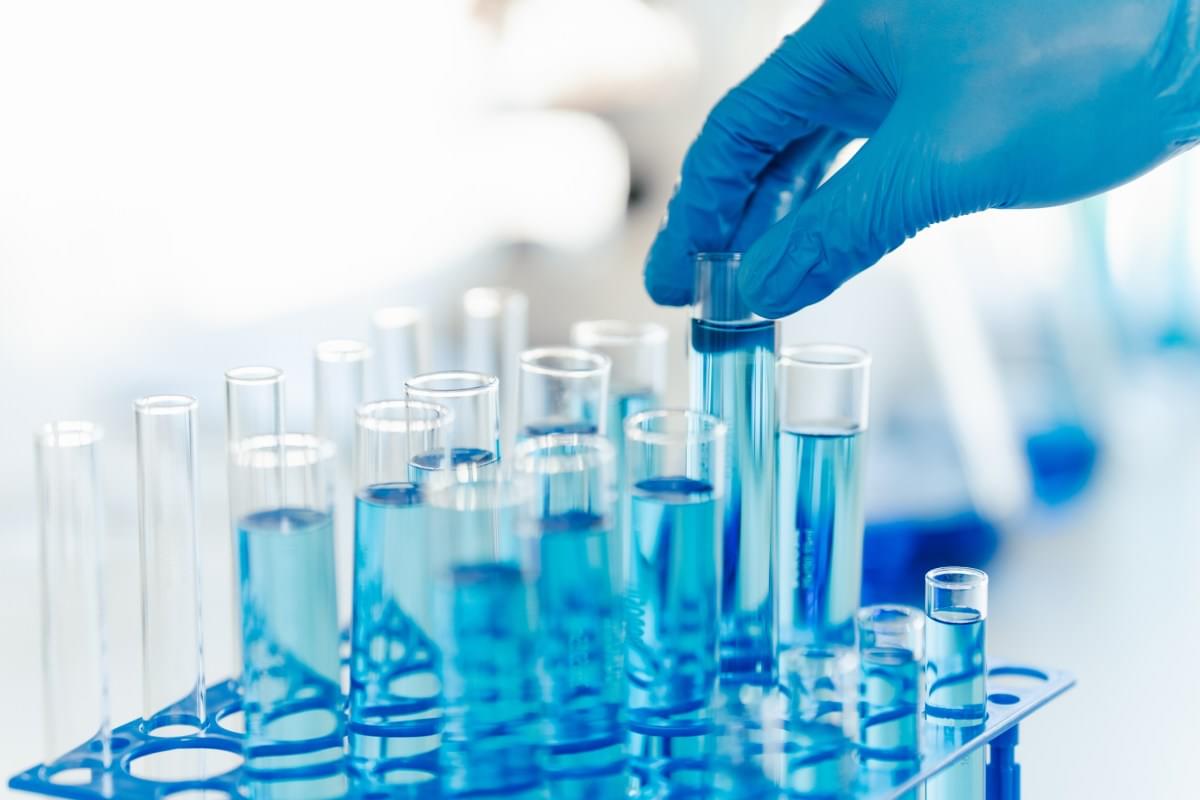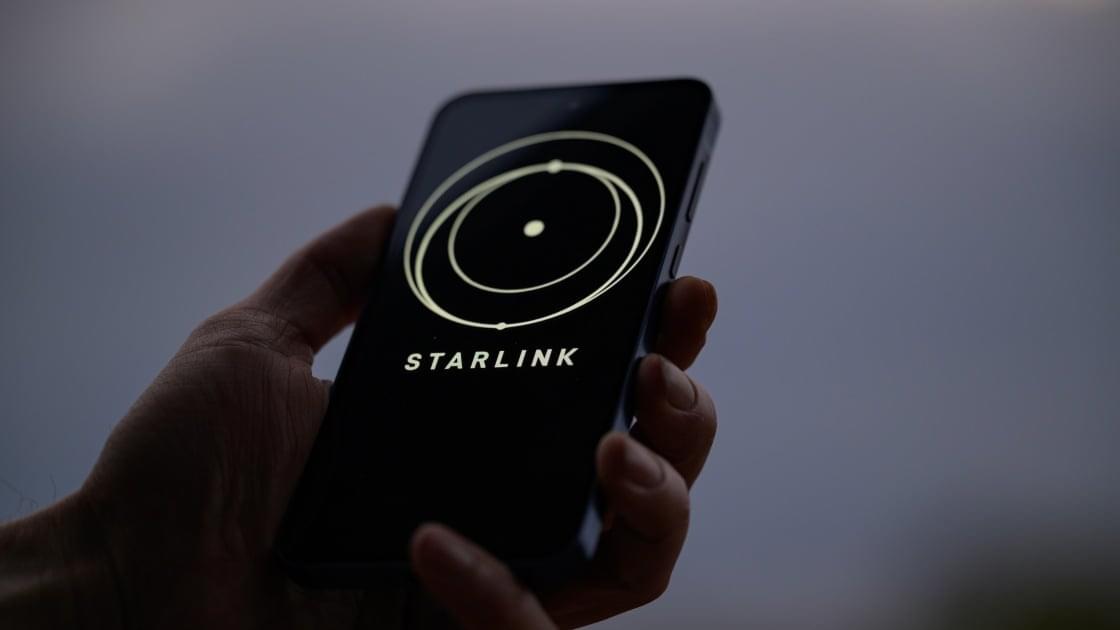Scientists in the US have created a way to 3D print materials inside the body using ultrasound. Tests in mice and rabbits suggest the technique could deliver cancer drugs directly to organs and repair injured tissue.
Dubbed deep tissue in vivo sound printing (DISP), the method involves injecting a specialized bioink. Ingredients can vary depending on their intended function in the body, but the non-negotiables are polymer chains and crosslinking agents to assemble them into a hydrogel structure.
To keep the hydrogel from forming instantly, the crosslinking agents are locked inside lipid-based particles called liposomes, with outer shells designed to leak when heated to 41.7 °C (107.1 °F) – a few degrees above body temperature.


